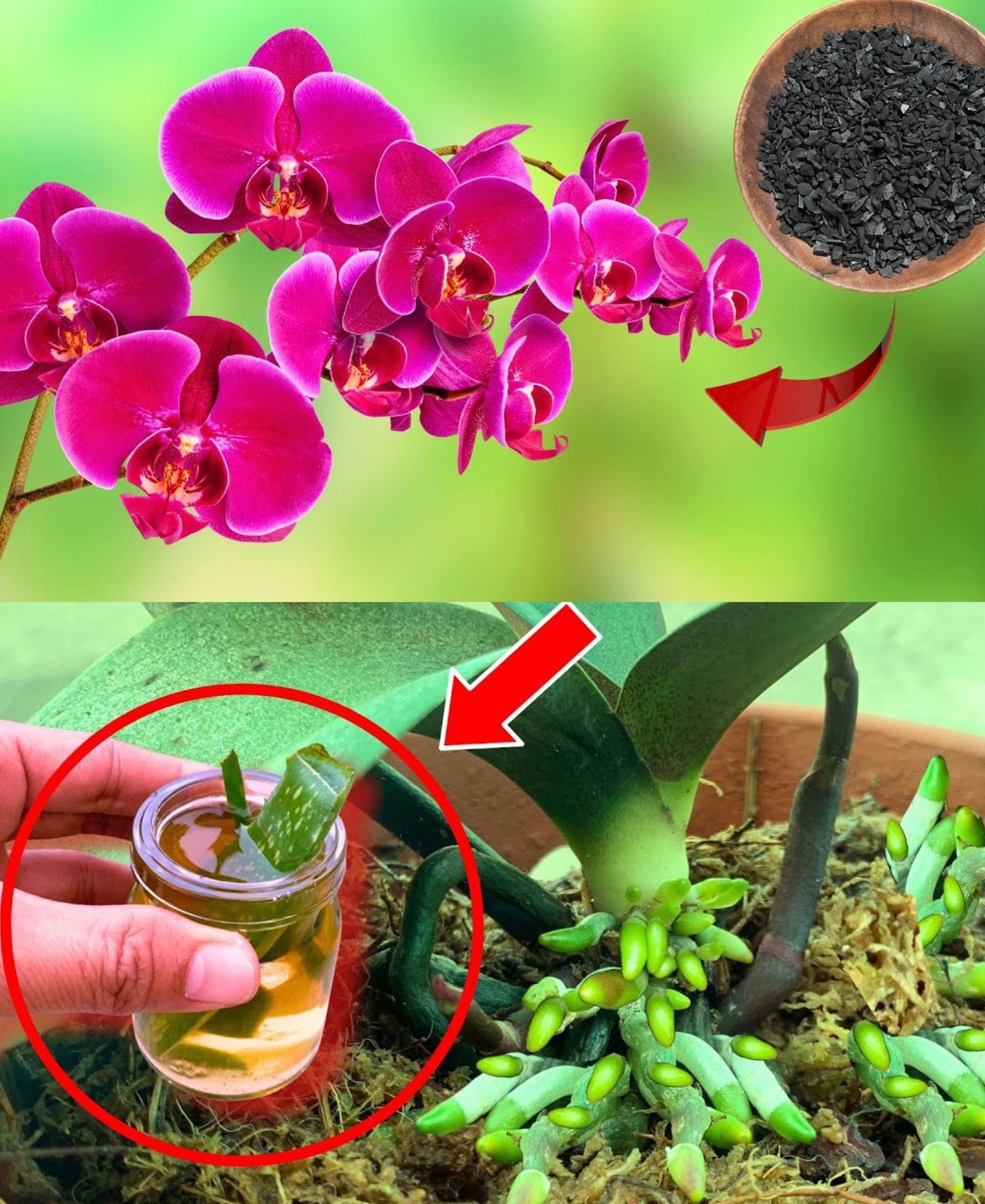Orchid Care Tips: Encouraging Healthy Growth and Blooming
Caring for orchids and ensuring they produce new branches requires attention to several key factors. Especially in extremely hot weather, orchids struggle to branch when temperatures exceed 25 degrees Celsius. By following specific care techniques before autumn arrives, you can rejuvenate your orchids and encourage them to bloom again.
As many orchid enthusiasts know, orchids typically bloom twice a year—once in spring and once in autumn. If you properly prepare your orchids before autumn, ensuring they receive the necessary care, you can enjoy an abundance of flowers throughout the autumn and winter months. Let’s explore the essential tricks that can help your orchids thrive and bloom beautifully.
Understanding the Growth Cycle
When observing orchids, you may notice some plants that are flowerless, producing only new roots and leaves. This is a common concern among orchid owners, as many frequently ask why their orchids grow new leaves and roots but fail to develop flower branches. One of the main reasons for this is insufficient light exposure.
Ensuring Proper Light Exposure
Light is a crucial factor in encouraging orchids to bloom. If an orchid does not receive adequate sunlight, it will not produce flower branches. However, exposing orchids to direct sunlight can be harmful, causing burns and yellowing of the leaves. To prevent this, place your orchid near a window with abundant indirect sunlight rather than direct, scorching sun exposure.
Protecting Orchids from Pests and Diseases
Another common obstacle to orchid growth is the presence of insects or fungal diseases. To combat these issues, one effective natural remedy is lemon water. To prepare this mixture, combine one teaspoon of lemon juice with 400 ml of water in a spray bottle. Shake well to ensure the lemon is thoroughly mixed with the water before applying it to the leaves.
Using lemon water every two weeks helps prevent small, unseen pests such as red spider mites or thrips beetles, which often hide under orchid leaves. Signs of thrips beetle infestations include small, sticky droplets under the leaves. It’s essential to regularly check both the leaves and the flower soil for signs of insects or fungal growth.
Proper Cleaning of Orchid Leaves
To eliminate pests and protect orchids from diseases, soak a cotton ball in lemon water and gently wipe the leaves. This not only removes insects but also enhances the vibrancy and brightness of the foliage. Alternatively, you can squeeze lemon water onto a cotton pad, place it between the leaves, and leave it for an hour while ensuring proper ventilation to prevent fungal infections.
Pruning Flower Branches
Pruning plays a vital role in encouraging orchids to produce new flower branches. After the flowers fade, it is essential to prune the flower branch at the right spot to stimulate regrowth. Delayed pruning can lead to yellowing branches, which can hinder the orchid’s ability to bloom again.
To properly prune an orchid, disinfect a pair of scissors with lemon juice and carefully trim the dried branch. If the flower branch is entirely dry, remove it immediately. However, if a small bud is present at the tip, pruning just above the last green node ensures the orchid can produce a new branch. This technique significantly increases the chances of seeing fresh blooms sooner.
Monitoring Orchid Watering Needs
Watering orchids correctly is another essential aspect of their care. To determine whether your orchid needs watering, check the color of its roots inside the pot. If the roots appear white, it’s time to water them. However, avoid relying solely on the appearance of aerial roots when deciding to water.
When watering orchids, it is crucial not to overwater or underwater them. Ideally, provide about half a glass of water when the roots turn white. Avoid pouring excessive water, as this can lead to root rot. Additionally, use a pot with drainage holes and ensure no excess water remains in the tray beneath the pot for more than a day, as stagnant water can damage the roots.
Maintaining Proper Humidity
Orchids thrive in humid environments. To help maintain adequate humidity, allow a small amount of water to collect in the tray beneath the pot during the day, which will gradually evaporate and create a favorable humidity level. However, if water remains in the tray after 24 hours, be sure to empty it to prevent root rot.
Observing the color of the roots is also helpful in determining hydration levels. When the roots turn green, the orchid no longer needs water. Never water an orchid while its roots are green, as overwatering can hinder its growth and lead to fungal infections.
Encouraging Faster Blooming
If you want to encourage your orchid to bloom faster, ensuring a proper balance of light, humidity, pruning, and watering is essential. By following these care techniques, you can enjoy beautiful, healthy orchids that flourish with abundant flowers throughout the autumn and winter months.
These simple yet effective tricks will help your orchids thrive, produce vibrant leaves, and develop strong, healthy flower branches. With the right care, your orchids will continue to flourish and brighten your space with their stunning blooms.



